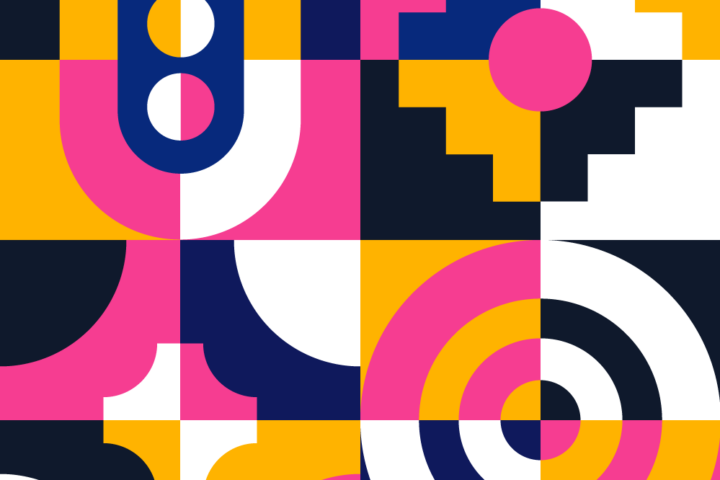Keeping up with the latest in cybersecurity trends is crucial for businesses in today’s digital landscape. With cyber threats evolving at an alarming rate, Chief Information Officers (CIOs) play a vital role in ensuring the security and integrity of their company’s data. In this article, we will explore the best practices that CIOs should adopt in 2023 to mitigate the risks associated with cyber attacks and safeguard their organization’s sensitive information.
The Rising Importance of Cybersecurity
In recent years, cybersecurity has emerged as one of the top concerns for organizations across industries. The increasing reliance on technology, coupled with the growing sophistication of cybercriminals, has made data breaches and cyber attacks a prevalent threat. As the custodians of technology infrastructure, CIOs are responsible for implementing robust security measures to protect their company’s digital assets.
Evaluating and Updating Security Protocols
CIOs need to regularly assess their organization’s security protocols to ensure they align with the latest industry standards and practices. Cyber threats are constantly evolving, and outdated security measures may leave the company vulnerable to attacks.
Regular audits and risk assessments are essential in identifying potential vulnerabilities within the system. CIOs should collaborate with their IT teams to conduct comprehensive security audits at least once a year. These audits will help identify any shortcomings, potential security gaps, and areas that require immediate attention.
Furthermore, keeping up with the latest cybersecurity trends and guidelines is vital. Following industry-leading frameworks such as the National Institute of Standards and Technology (NIST) Cybersecurity Framework or the ISO/IEC 27001 standard can provide a solid foundation for establishing effective security protocols.
Implementing Multi-factor Authentication
In an increasingly interconnected world, relying solely on passwords for authentication is no longer sufficient. CIOs should prioritize the implementation of multi-factor authentication (MFA) across their organization to enhance security.
MFA adds an extra layer of protection by requiring users to provide additional credentials, such as a fingerprint scan or a unique code sent to their mobile device, in addition to their password. This significantly reduces the likelihood of unauthorized access, even if the password is compromised.
Regular Employee Training and Awareness
Human error remains one of the weakest links in cybersecurity. Phishing attacks and social engineering techniques continue to be prevalent, often exploiting unsuspecting employees. CIOs should prioritize ongoing training and awareness programs to educate employees about potential threats and best practices.
Regular security awareness training sessions can help employees recognize suspicious emails, phishing attempts, and other potential risks. Additionally, CIOs should encourage employees to report any security incidents or concerns promptly. Creating a culture of cybersecurity awareness is key to mitigating internal vulnerabilities.
Collaborating with External Security Experts
While internal IT teams play a crucial role in maintaining security, CIOs should also consider collaborating with external cybersecurity experts. Engaging with third-party firms specializing in cybersecurity can provide an extra layer of expertise and ensure a holistic approach to risk management.
External security experts can conduct penetration testing and vulnerability assessments to identify potential weaknesses in the system. Their recommendations can help CIOs fortify their organization’s security infrastructure and stay ahead of emerging threats.
Constant Monitoring and Incident Response
Proactive monitoring is essential for early detection and response to potential security breaches. CIOs should implement robust monitoring systems that provide real-time alerts and enable rapid incident response.
Establishing a Security Operations Center (SOC) or leveraging managed security services can help CIOs take a proactive approach to cybersecurity. These initiatives enable continuous monitoring of the company’s network and immediate response to security incidents.
Conclusion
In today’s rapidly evolving cyber landscape, CIOs must be proactive in their approach to cybersecurity. By evaluating and updating security protocols, implementing multi-factor authentication, prioritizing employee training and awareness, collaborating with external experts, and maintaining constant monitoring, CIOs can enhance their organization’s resilience against cyber threats. By staying abreast of the latest trends and best practices, CIOs can ensure their company’s data remains secure in 2023 and beyond.



